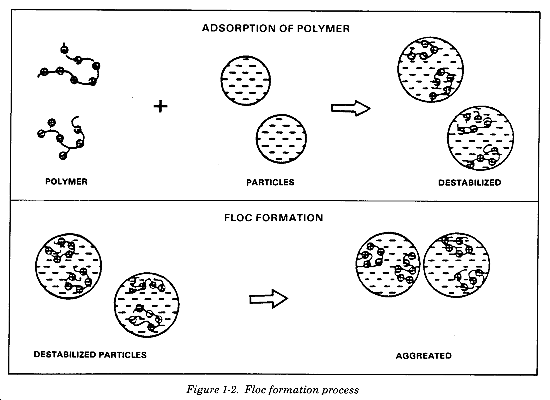Water is our most precious resource. While humans can live many weeks without food, we cannot last more than a few days without fresh water. In the United States and most of the Western world, we take the availability of water at the faucet, any time day or night, for granted. The process for getting the water there, however, is more involved than you may think.
Our water story starts at the head waters of Reems Creek, located in the Beech community of Buncombe County. Here, the District owns the entire Sugar Camp Fork and Laurel Fork watersheds (to learn more about watersheds, click here). This land adjoins the Pisgah National Forest, Blue Ridge Parkway, and Asheville watershed. Precipitation over the mountains falls into this watershed and is carried by creeks to a 5 acre manmade reservoir built by the District in 1962. The reservoir is nearly 60 feet at its deepest point, and is held in place by an earthen dam.
From here, water flows by gravity into the District’s treatment plant, which was constructed in 1995. Water enters the treatment plant and is treated with chlorine prior to entering the first stage of filtration, called flocculation. The purpose of flocculation is to get small, invisible or semi-invisible particles to stick together so that they can be filtered out of the water easier.


